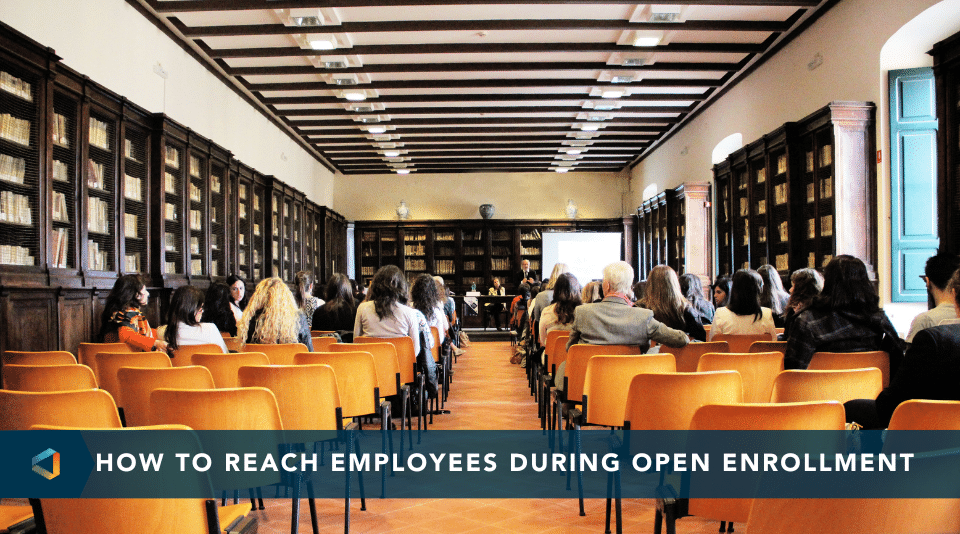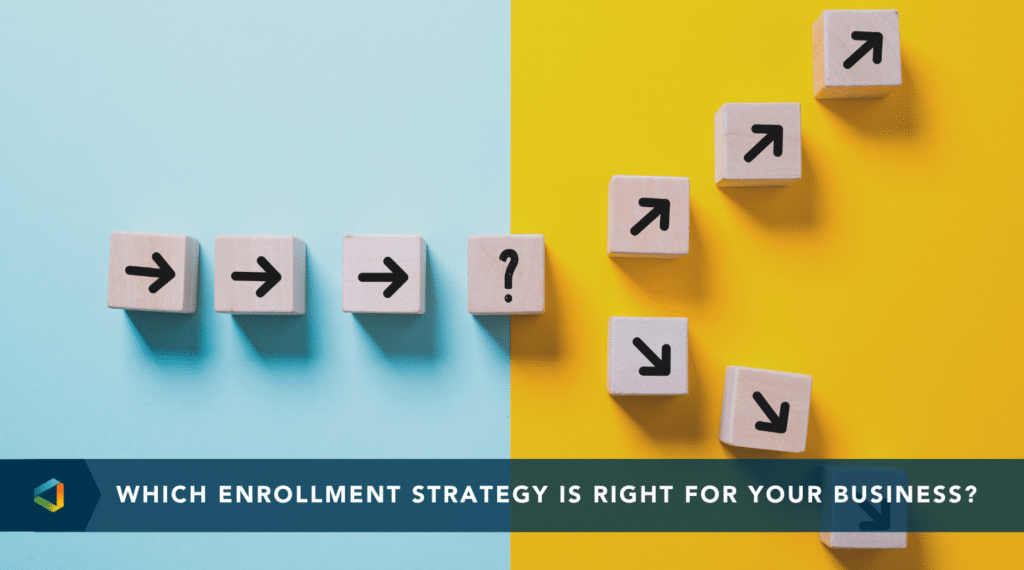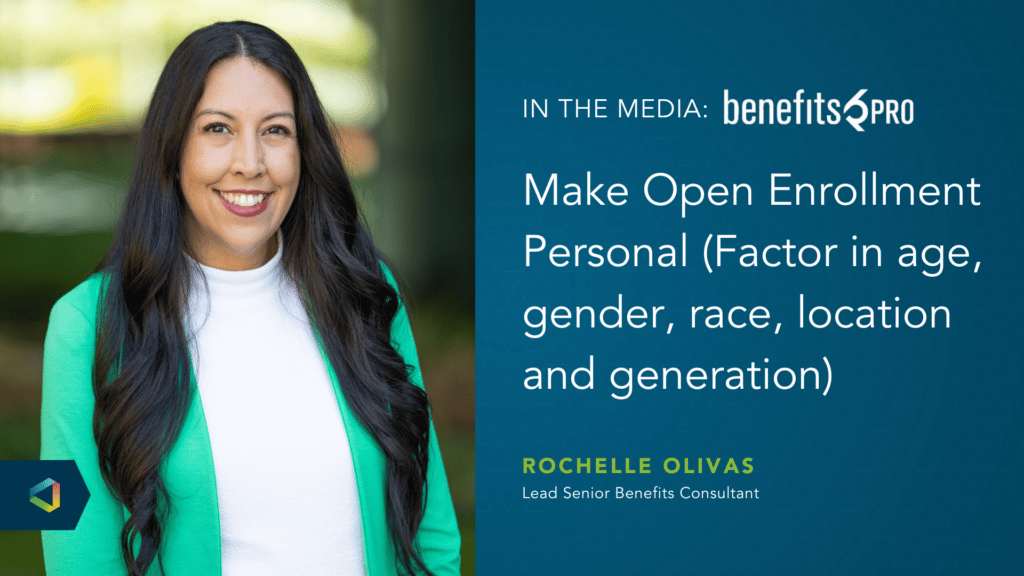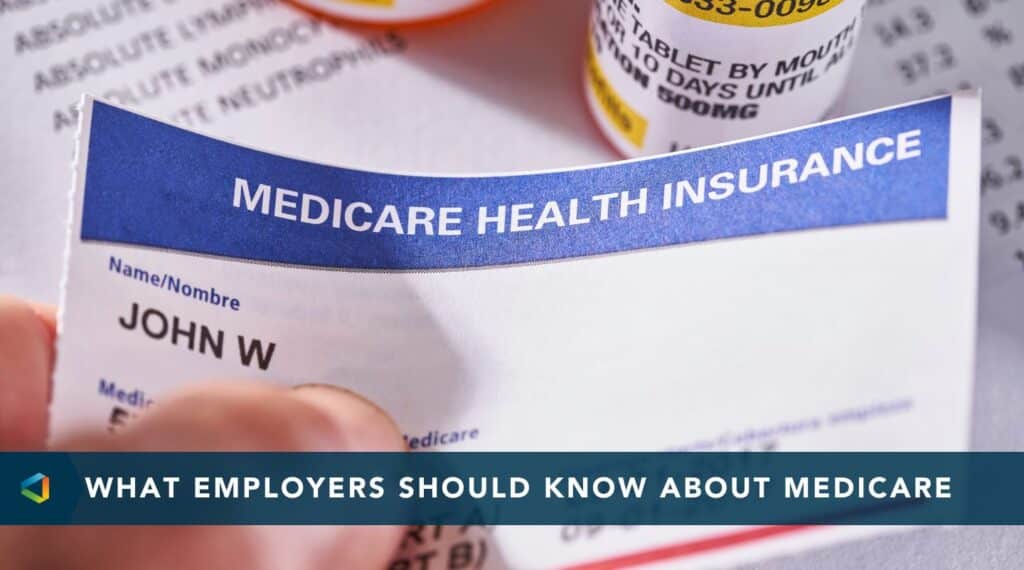Let’s Make This Your Best Open Enrollment
If you’ve been through open enrollment before, you know it can be overwhelming for employees and employers alike. But did you know that almost half of the employees surveyed said making health insurance decisions was always very stressful for them? Additionally, 36% of employees reported that the open enrollment process at their company is extremely confusing.
These statistics are alarming, especially when you consider how benefits have become a key retention and recruitment tool and how in the last year, over 40% of employers increased their benefits to remain competitive in the marketplace. Positive changes like these may go unnoticed if employees don’t understand the value of their benefits or if the enrollment experience causes them more stress.
Luckily, it is possible to conduct a smooth open enrollment for your employees – and the advantages are lasting. According to Thomson Online Benefits study, 77% of employees who understand their benefits offering said they saw themselves staying at their organization for the foreseeable future.
Here are 5 ways you can ensure this is your company’s most productive open enrollment ever:
-
Prepare.
-
Communication is everything.
-
Present the information in a fun and informative way.
-
Tracking participation and following up after the meetings.
-
Debrief.
Among many things, Benjamin Franklin got it right when he said: “By failing to prepare, you are preparing to fail.” Your benefits consultant can help you map out a more detailed timeline, but you’ll want to hold your enrollment meetings, benefits fair and webinars at least two months before the effective date of your benefits. Once you determine the combination of events that work best for your population and have the dates on the calendar, it’s important to communicate this information with employees at least two weeks prior. You’ll want to keep the messaging short and consistent. Be sure to sprinkle in a few reminder notices up until the event dates. You can even add a note in your email signature as a reminder.
You’ll need to use a variety of methods! Use email, print, intranet banners and in-person communication. Printed assets like posters, flyers and table tents can be remarkably effective at grabbing employee attention without much financial investment. Plant them by the office copier, in break rooms, cafeterias and parking structures. A strategically positioned flyer can work wonders. Have you ever thought of doing a FAQ sheet? Address commonly asked questions long before conducting a formal open enrollment and include the reasons for changes in rates or benefits. Watch the usual influx of emails you usually get during this time slow way down.
I know, I know. Benefits may not sound like the most exciting subject, but when framed correctly, they can be a surprisingly engaging topic. You’ll need to think like a marketer to get employees hooked. Target your communications in a way that answers the employee’s most burning question: “why should I care?” Don’t present the dry, boring details alongside what employees should be doing. Tell them why it matters to them. Rely on stories or examples, and don’t be afraid to talk dollars and cents. Employees leave a significant amount of money on the table when they aren’t actively engaged in their benefits. Finally, keep it concise. Too much information can overload employees and they won’t retain the important stuff.
Your communication strategy shouldn’t end after the formal meetings are over. Reiterate the next steps employees need to take and any upcoming deadlines. Relying on a technology platform for benefits administration can be extremely useful during this time. You can seamlessly track who has taken action and target anyone who is falling behind on selecting their benefits choices for the year. Be sure also to include materials and guides for your employees to reference after the fact along with links to helpful resources with additional information.
As benefits consultants, we are always looking for ways to improve the process. We want to understand what went well, what didn’t and analyze any unanticipated problems that arose. This information is critical when perfecting the process and you’ll use this information to make your next open enrollment even better. You’ll want to conduct this debrief as soon as possible following the conclusion of open enrollment – the more time passes, the less likely you are to remember important details and insights gained during the process. Check-in with your CEO, CFO and a sampling of your employees to gauge how the experience felt from their perspective. Knowledge is power, and the sooner you can tap into these perspectives, the sooner you can improve your approach for next year.
A successful open enrollment can have a dramatic impact on the relationship between employers and their employees and even influence engagement, loyalty and retention. By listening to your employee’s needs, you will ultimately make the experience more enjoyable for your workforce and cultivate a workplace where employees feel more secure in their benefits decisions throughout the plan year.
Interested in learning more about enhancing your open enrollment communications strategy? Check out the on-demand webinar Effective Communications: Prepping for Open Enrollment.
Click here to download the Open Enrollment 101 Infographic.
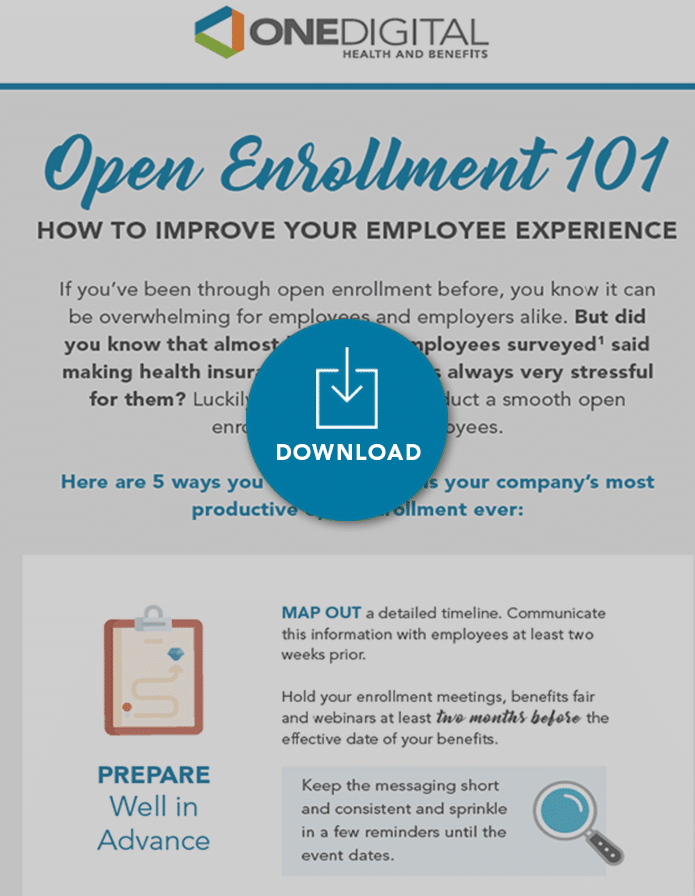
Are you interested in learning more about enhancing your open enrollment strategy? Contact your OneDigital benefits strategist today.

